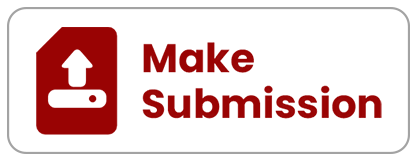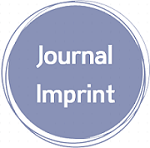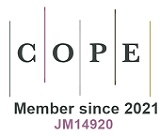Plagiarism Policy
Allegations of Misconduct
Plagiarism
Plagiarism includes, but is not limited to:
- Directly copying text from other sources without attribution
- Copying ideas, images, or data from other sources without attribution
- Reusing text from your own previous publications without attribution or agreement of the editor
- Exception: Reusing text from the Methods section in the author’s previous publications, with attribution to the source, is acceptable.
-
Using an idea from another source with slightly modified language without attribution.
If plagiarism is detected during the peer review process, the manuscript may be rejected. If plagiarism is detected after publication, we may issue a correction or retract the paper, as appropriate.
All manuscripts under review or published with the SciMedicine Journal are subject to screening using "iThenticate" software
Data fabrication
This concerns the making up of research findings
- Suspected fabricated data in a submitted manuscript: (https://publicationethics.org/files/Fabricated%20data%20A.pdf)
- Suspected fabricated data in a published manuscript: (https://publicationethics.org/files/Fabricated%20data%20B.pdf).
Data falsification
Manipulating research data with the intention of giving a false impression. This includes manipulating images (e.g. micrographs, gels, radiological images), removing outliers or “inconvenient” results, changing, adding or omitting data points, etc.
Duplicate submissions:
Duplicate submission is a situation whereby an author submits the same or similar manuscripts to two different journals at the same time either within Academic Journals or any other publisher. This includes the submission of manuscripts derived from the same data in such a manner that there are no substantial differences in the manuscripts. Duplicate submission also includes the submission of the same/similar manuscript in different languages to different journals.













